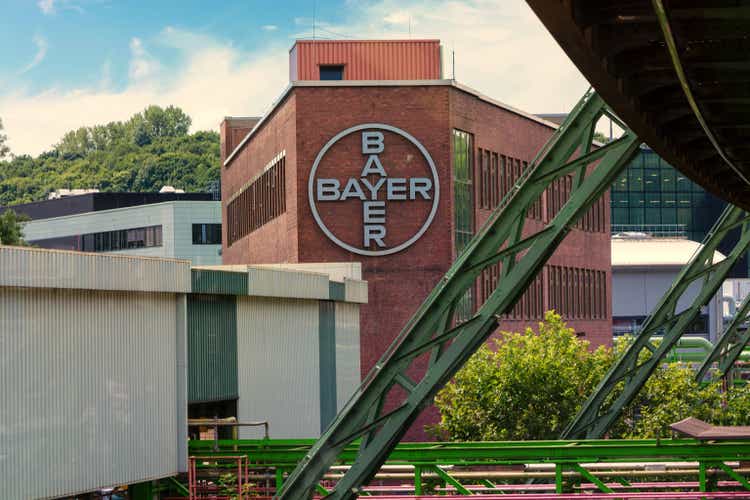Most books will tell you that Italian is the world’s most popular cuisine. There are Italian restaurants everywhere —even in towns in Mongolia that you have never heard of — and their number vastly exceeds the number of, say, Chinese restaurants.

This sounds impressive till you realise that this figure is arrived at by treating every branch of a pizza delivery chain as a separate Italian restaurant. Even the figure for the total number of Chinese restaurants is based on adding up every takeaway operation.
But even if you remove the fast-food outlets from the mix, Chinese and Italian would be the world’s most popular restaurant cuisines. What interests me, though, is how these cuisines vary from country to country. The most popular Italian dish in the UK is spaghetti bolognese, a dish that was not invented in Italy. In the US, it is such dishes as fettuccini alfredo or spaghetti with meatballs, which have very little connection to Italy. In India, for instance, the top ‘Italian dish’ would probably be something like Jain pizza.
ALSO READ: The Taste With Vir: The science of smell in Basmati rice
It is the same with Chinese food. International Chinese food was invented in America in the late 19th and early 20th centuries, and though it was mostly based on bastardising Cantonese cuisine, it included many American inventions. Even now such dishes as General Tso’s chicken have no connection to the Chinese mainland. And now each country has its own Chinese food. We have our own chilli chicken and chicken manchurian, for instance.
Indian food abroad is a complex business. We have more regional cuisines than the Italians or even the Chinese. And to make matters more complicated, there is diaspora cuisine, food created by Indian communities outside India. Most Indians have no idea what bunny chow is. Yet, it is the most famous Indian dish in South Africa. Even the food of Indians in East Asia can confuse people from the subcontinent. You will see roti-paratta in Singapore and Malaysia. But it is neither a roti nor a paratta. It is a distinctive bread of its own.
There have always been restaurants serving diaspora cuisine within the countries where the cuisine originated. An Indian restaurant in Mauritius or South Africa will serve the local variation, not food from Amritsar or Chennai. But only now is diaspora cuisine earning global respect. Thevar, in Singapore, named for its chef, Mano Thevar, is the only Indian restaurant in the world with two Michelin stars. But Mano grew up in Malaysia so the food he serves is the food of the Indian community in Penang, not the food of Indians in Punjab.
Then, there is the sort of Indian food no Indian eats at home; food that was created at restaurants. Some of it was created in India in the 1950s: butter chicken, dal makhani, chicken tiikka, tandoori paneer etc. Over the years, it has become part of the default menu at Indian restaurants all over the world, including, of course, India. And now, predictably, people have begun to cook some of these dishes at home. You will be served butter chicken at some homes and even that thick dairy-rich, tomato-packed black dal.
The one place where this kind of Indian food was not very popular initially was Britain. I remember, as a small boy, going with my parents to Gaylord (a branch of the Indian chain) in London’s Mortimer Street and discovering that they were trying to popularise tandoori cooking, which was then largely unknown in the UK. They succeeded and versions of their dishes turned up on menus all over the UK.
But Gaylord appealed first to Indians living in the UK and only much later to Brits. By the time it opened, restaurateurs from the East Pakistan district of Sylhet had already set up curry houses all over the UK, serving an inexpensive menu of made-up ‘Indian’ dishes. (East Pakistan later became Bangladesh.)
You will still find these dishes in Indian restaurants or the UK ; a Madras curry that is unknown in Madras/Chennai; a vindaloo that any self-respecting Goan would spit out; a patia that would befuddle any Parsi and so on. I have never ever read anything that explains who invented these dishes and why they chose these inappropriate names for their bogus dishes.
There may be more clarity about chicken tikka masala which is usually dated to the 1970s by which time the Sylhetis had installed tandoors and learned how to make chicken tikka. But even then, many versions of the origin story exist, and one possible inventor who died recently was actually from West Pakistan not Bangladesh.
You have got to ask: Why did these Bengalis, who possess one of the great cuisines of the subcontinent, turn their backs on their own food and invent this rubbish. The Punjabis who invented butter chicken at least used their own cuisine as a foundation. But the Sylheti restaurant menu had no sub-continental roots whatsoever.
The good news is that the bogus Indian food has remained a Britain-only phenomenon. Spaghetti bolognese, on the other hand, travelled out of the UK to become a global favourite. (Touristy restaurants in Bologna actually serve spag bol now.) The American Chinese menu is still the foundation for most mid-market Chinese restaurants around the world where some versions of chop suey and American sweet and sour pork turn up on the menu.
But curry-house Indian food never travelled very far. What did travel was the butter chicken-type of menu which soon began to appear on mid to upmarket restaurant menus in the UK and become a mainstay of Indian menus everywhere.
In East Asia, South Indian food has had more success because of the composition of the diaspora. The most famous Indian restaurant in Singapore may be Muthu’s which combines South Indian flavours with local ingredients (fish head soup is a speciality) and soya sauce is often added to dishes in Singapore’s Little India. South Indian food also does well in those parts of the US where techies from the South are employed by large companies.
But ask any westerner to name a few Indian dishes and tandoori chicken, biryani and naan will probably feature high on the list. (Except in Britain where they will say chicken tikka masala or samosa.)
Will this change as it has with Italian and Chinese food? No upmarket Italian restaurant in America will push fettuccini alfredo or spaghetti bolognese. And no serious Chinese restaurant will serve General Tso’s chicken.
Are we getting to that stage? I reckon we are. People who go to Indian restaurants abroad are learning more about the food. And they are happy to be surprised by regional dishes they have not heard of before.
But will we get to the stage where we will fight it out with the Italians and the Chinese for the title of ‘World’s Most Popular Cuisine’?
No. I don’t see that happening. But given the standard of the Italian and Chinese fast-food restaurants that are included in the race to be called the world’s most popular cuisine that may not be such a bad thing.

















